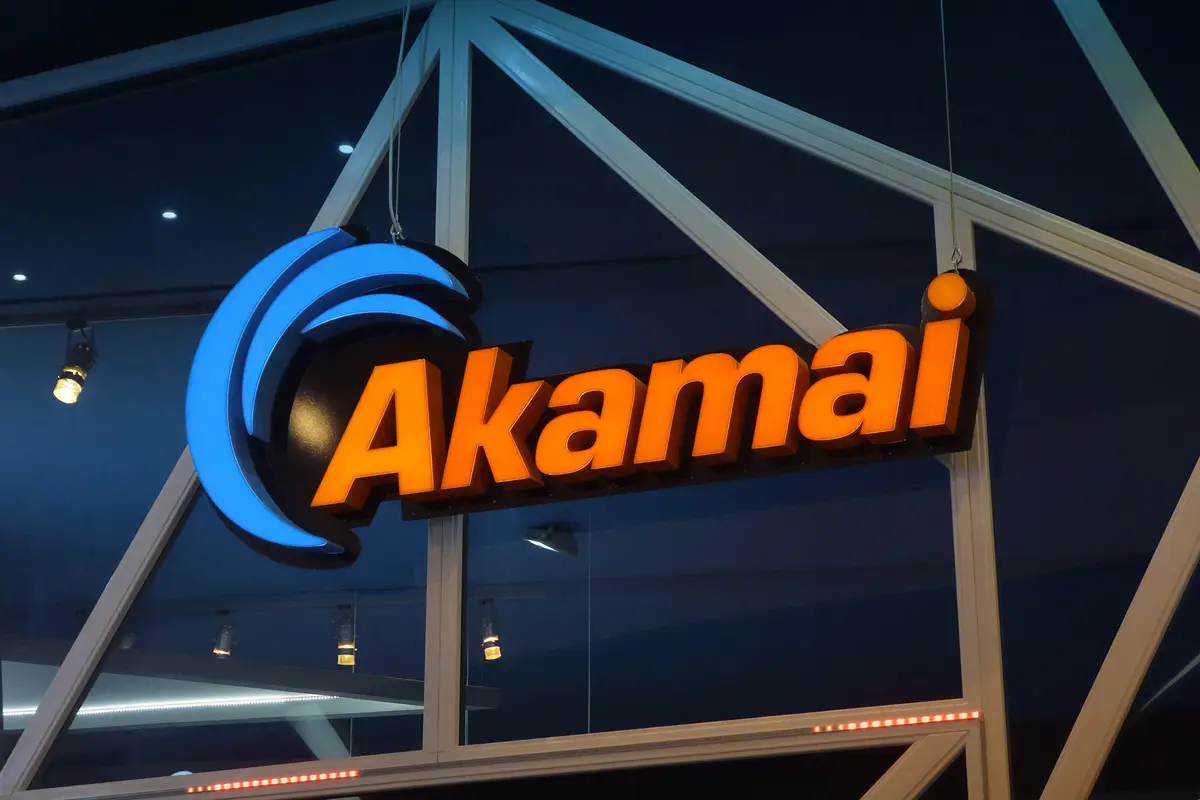Akamai said earlier this year that it will buy Linode, a popular cloud hosting service, in order to expand its own cloud and edge computing portfolio. Last month, the $900 million deal was completed. While Akamai is best known for its content delivery services, the firm has been expanding its compute-centric offerings in recent years, partly in response to requests from current clients. For example, Apple’s Private Relay service is powered by Akamai. Now, with Linode, the business intends to rapidly expand this portfolio — and, in the process, turn Akamai into a slightly different entity.
I met down with Adam Karon, Akamai’s COO and GM of its Edge Technology Group, to discuss what the purchase means for the company’s future. Karon stated that he devoted his whole career at Akamai, which he joined in 2005, in order to complete this task. Akamai had a service called Edge Java at the time, which allowed developers to build application servers at the company’s network’s edge. However, the market was not yet ready for this service in many respects.
“This was before Amazon Web Services,” Karon stated. “Akamai was too early to market at the time, therefore we dropped the product.” However, as a developer, it was quite disappointing for me to be unable to continue. Then, eventually, to be able to lead this purchase from the end of last year to the beginning of this year, it was incredibly wonderful to see it come to fruition — to have a full-fledged computing platform on which we can now develop.” He also mentioned that Akamai has been receiving an increasing number of requests from its existing clients to provide additional edge computing capabilities, with Apple leading the way with its Private Relay.
“Apple […] came in a year and a half ago and said, ‘You know, we’re going to need to conduct delivery as part of this proxy service, but we also need a computing component for this.’ And, you know, what about us running our VMs or containers on your edge,'” Karon said. Because Akamai already had an internal infrastructure that could handle this, the team decided to make it available to Apple as well. As a result, more clients began to want comparable features.
“Our consumers, starting with Apple, were the ones that pushed us in this path.” “We wanted to participate in this sector, but we weren’t sure how our clients would perceive us,” Karon stated. “However, we’ve always felt like we had a right to be here.” We sat between computing and the end user at all times, and we conducted some computation on our edge. We had a serverless [platform] for our application, and we were implementing business logic with JavaScript or our own metadata language, but we couldn’t really do full-fledged computing.”
Akamai could have constructed its own computing service to provide those features, but the team opted to move rapidly to take advantage of this opportunity. The present Akamai service is now available in 100 locations, but the plan is to merge the two platforms into one, leaving Linode as the only option. But, as Karon pointed out, it’s not only about moving quickly; it’s also about shifting Akamai’s focus away from commercial clients and toward developers. Today, I seldom have a meeting with an enterprise organization where someone does not mention how developers are increasingly making decisions, therefore it makes sense for Akamai to do the same.
Developers may now use their credit card to set up a server on Linode, but this is clearly not how Akamai has sold its business over the years. “We aim to provide that experience for all of our products, not only our new computing,” says the company. “And we’ve been working in that way,” Karon added, “but we’re not where Linode is today for our enterprise offering.”
Nothing is changing at Linode at the moment. The name will not change, and the costs will not change, according to Karon. However, Akamai is investing heavily in assisting the Linode team in expanding their service, expanding into new data centers, and expanding their feature set, with a new database-as-a-service offering launching soon, for example, and an expansion of their managed container service with more enterprise features likely to follow. Additional virtual private cloud functionalities for Linode are also in the works, according to Karon.
On the other hand, Karon highlighted that Akamai will most likely want to be able to sell CDN services to Linode’s non-enterprise clients. When it released its click-to-buy CDN solution for Azure a few years ago, it already had some of these features. The goal is to get it up and running by the end of the year. Akamai also wants to deploy a basic web application protector (WAP) to Linode, bringing its security experience to the platform. Linode is clearly the smaller firm here, with only 250 people. Akamai employs 10,000 people.
However, the overarching goal is to preserve Linode’s culture when the two companies merge. “In many other purchases, we take current teams and shift them to their peer teams, while breaking apart the previous firm and moving it to the appropriate places. And, in many situations, this results in a cultural disaster, right? ‘I don’t care about the culture I just bought,’ it truly says. “We did things backwards in this situation,” he stated. “Instead of placing Linode within Akamai, we’ll inject Akamai into Linode.” He also mentioned that the two firms’ cultures are already extremely similar at the engineering level.
Stepping inside Linode, Karon compared it to walking into Akamai a decade ago.
“The cultures are a perfect combination,” Karon continued. “They’re not as unlike as you might imagine, but the priorities they select are.” They prefer the developer to the enterprise, and the world is turning to the developer being the enterprise. As a result, we intend to move our core client to the developer while maintaining our enterprise emphasis.”
The one thing Akamai does not want to construct is another Amazon Web Services (AWS). Karon was emphatic in her belief in this. “If I said that, you should hang up right now,” he said. The huge clouds are Akamai’s partners, and just as they occasionally provide their own CDN services, Akamai believes it can establish a computing service and still be a good partner to them. “We want to develop a core set of capabilities to provide our clients with variety when they need it, edge capability when they need it, and the capacity to work together.” So we’re not going to try to construct another AWS,” he explained.
















